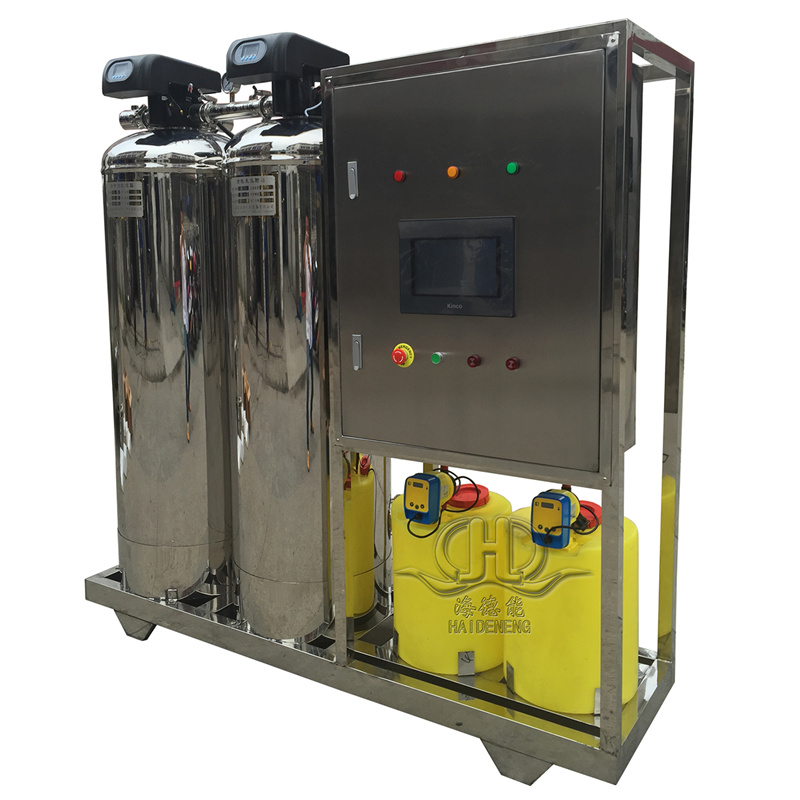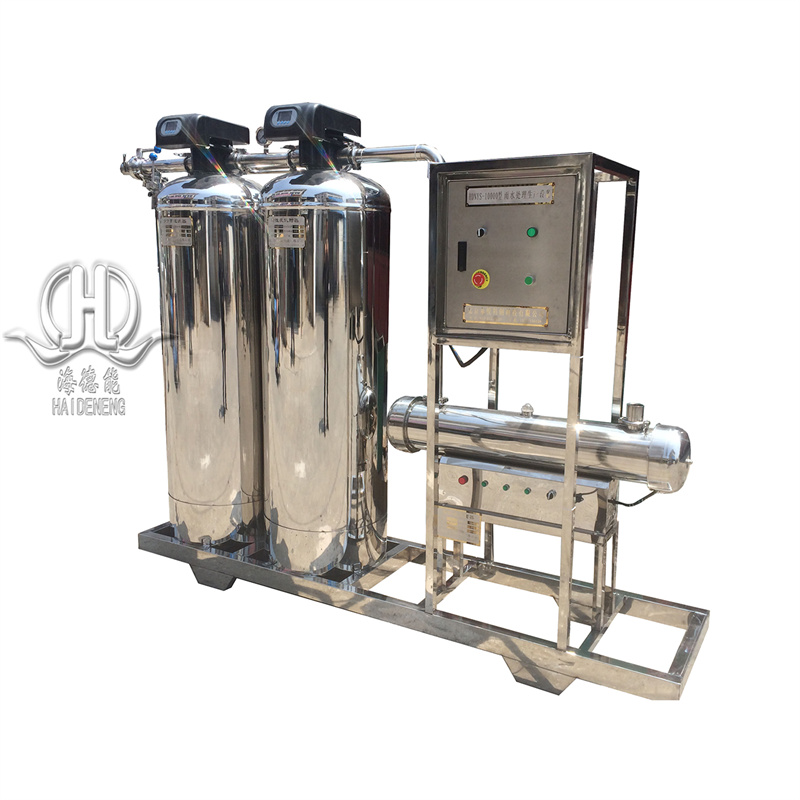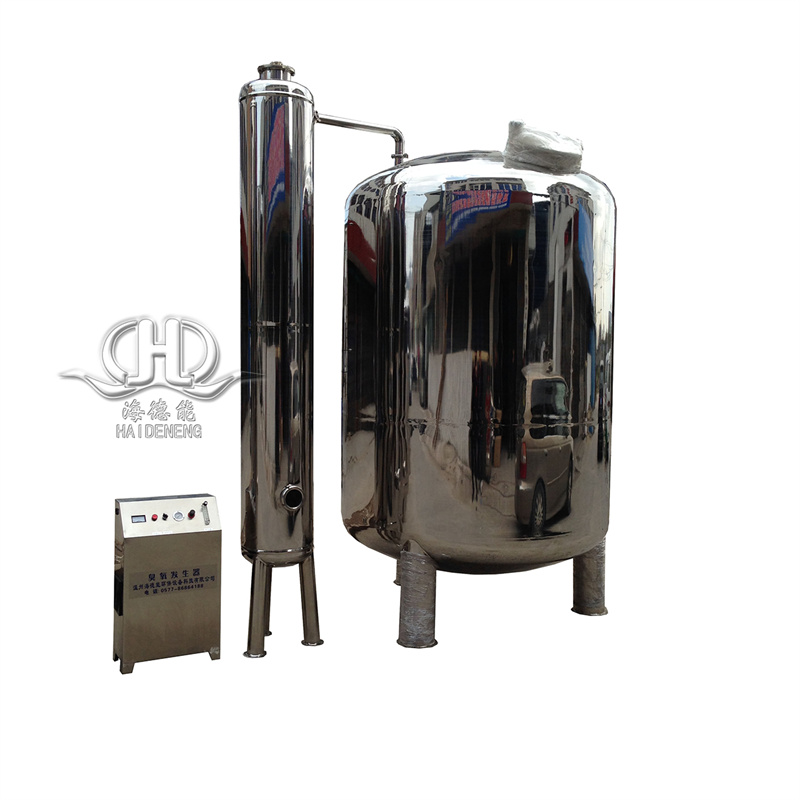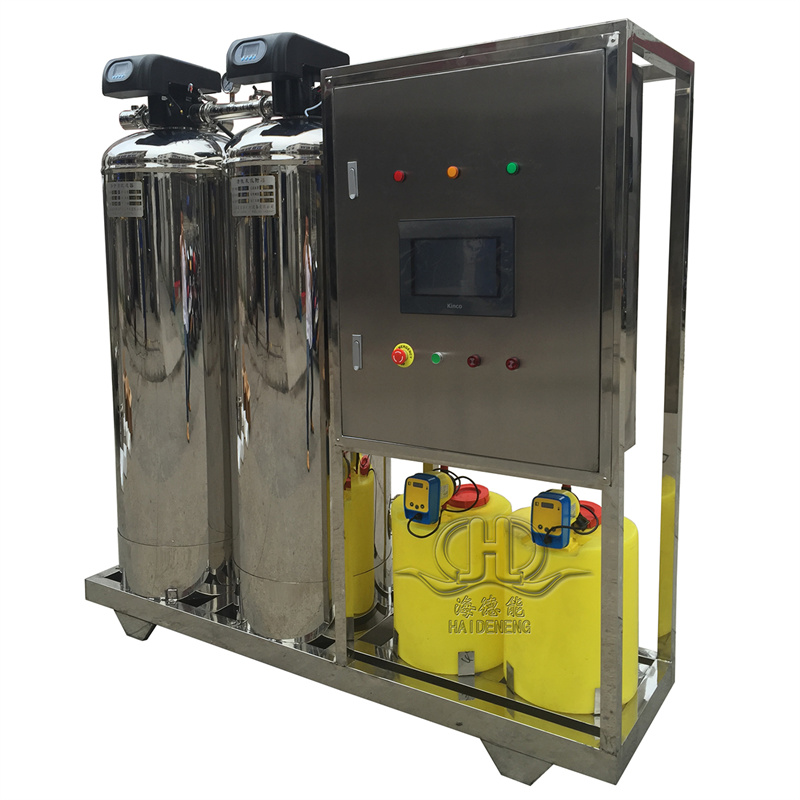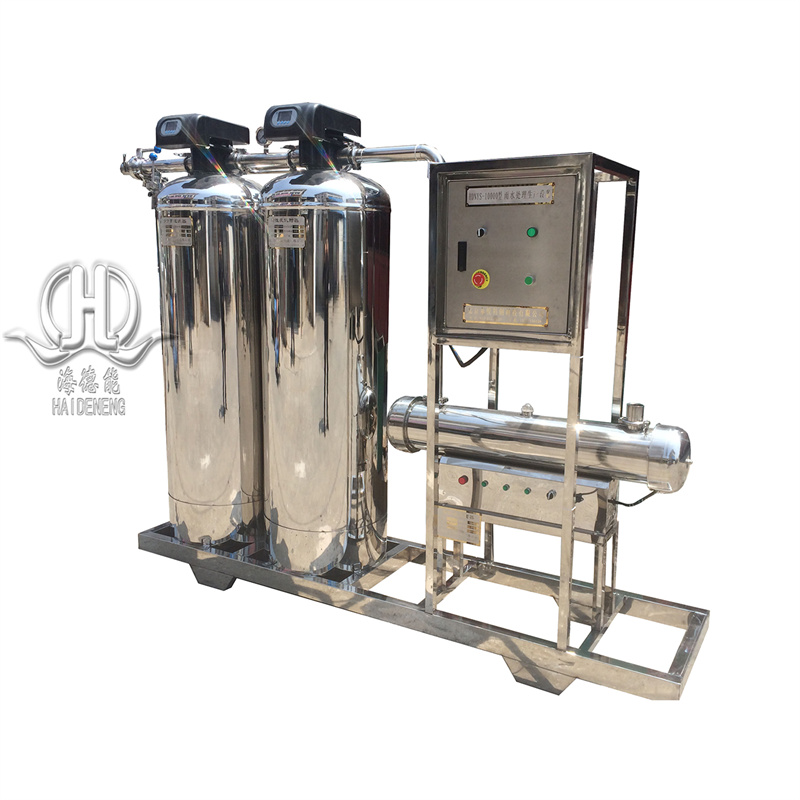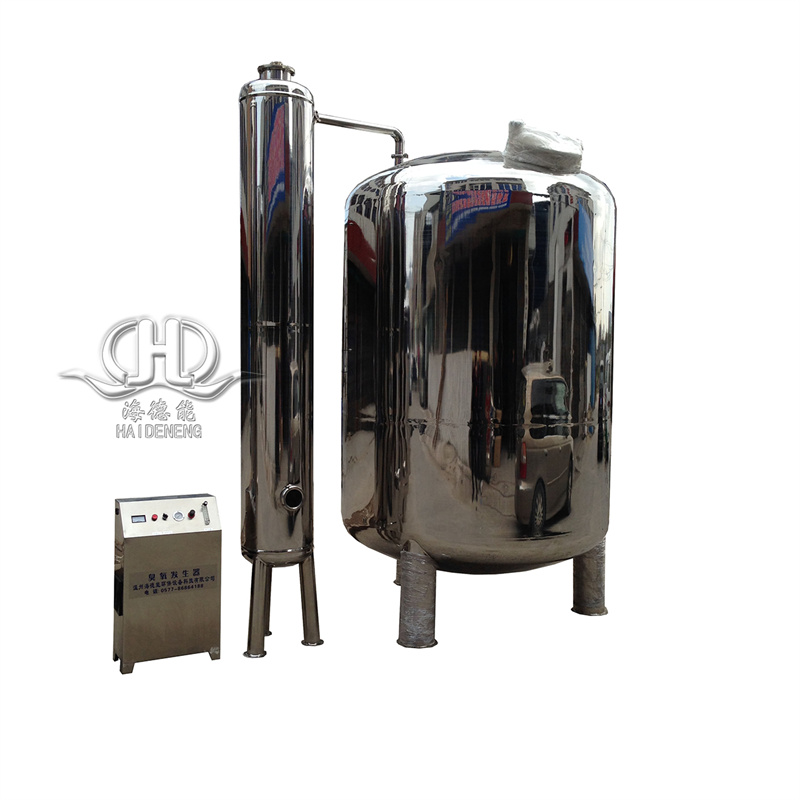Quartz Sand And Carbon Filter Water Purifier For Irrigation
Rainwater, as a mildly contaminated water, can be treated using simple methods and used for landscaping, greenery, industrial cooling, and miscellaneous purposes in urban areas, replenishing ecological water needs and supplementing groundwater while alleviating ground settling. Additionally, treating rainwater is cost-effective and offers significant economic benefits. After collection, the rainwater is discharged, filtered, stored, and utilized,
Methods for collecting, treating, and reusing stormwater can vary based on scale and purpose, but generally include the following steps:
Collection: Install roof gutters, rain barrels or a catchment system to collect rainwater. These facilities direct rainwater from roofs or other surfaces into storage devices, such as underground storage tanks or water towers.
Filtration and treatment: Collected rainwater often needs to be filtered and treated to remove impurities, bacteria, and other contaminants. Common treatment methods include filtration, sedimentation, disinfection and pH adjustment.
Storage: Treated rainwater can be stored in specialized water tanks or water towers for subsequent use. Ensure the sealing and hygienic safety of storage facilities to prevent secondary contamination.
Reuse: Stored rainwater can be used for plant watering, floor cleaning, toilet flushing, and even industrial and agricultural water use. During use, attention should also be paid to the rational use and conservation of water resources.
Through these steps, rainwater resources can be effectively collected, processed and reused to achieve the effects of water conservation and environmental protection.
A rapid filtration device composed of filter materials such as quartz sand, anthracite, and heavy mineral is a mature water treatment equipment and technology used in building water supply, which can serve as a reference for rainwater treatment. When adopting new filtering materials and processes, design parameters should be determined based on experimental data. When using rainwater as recycled cooling water after rainfall, it should undergo advanced treatment. Advanced treatment equipment can include processes such as membrane filtration and reverse osmosis.
he Application of Rainwater Harvesting in Various Sectors
In the industrial sector, rainwater harvesting has wide application. Industrial production requires a large amount of water, and with the progress of industrialization, the demand for water is increasing. By recycling rainwater, industrial enterprises can save water costs, reduce the pressure on industrial water usage, and save future water costs, thereby improving the profitability of the enterprise.
In the field of construction engineering, rainwater harvesting is also widely applied. In some high-rise buildings, a large amount of water is needed. By collecting and using rainwater, these buildings can save a significant amount of water costs, reduce their demand for tap water, and avoid excessive consumption and waste of urban water resources.
In the realm of daily life, the application of rainwater harvesting is becoming increasingly widespread. People can save tap water and reduce living costs by collecting and using rainwater in household activities. Additionally, rainwater collection and utilization can reduce the pressure on urban drainage, minimize the impact of urban wastewater on the surrounding environment, and contribute significantly to the improvement of the urban environment.


